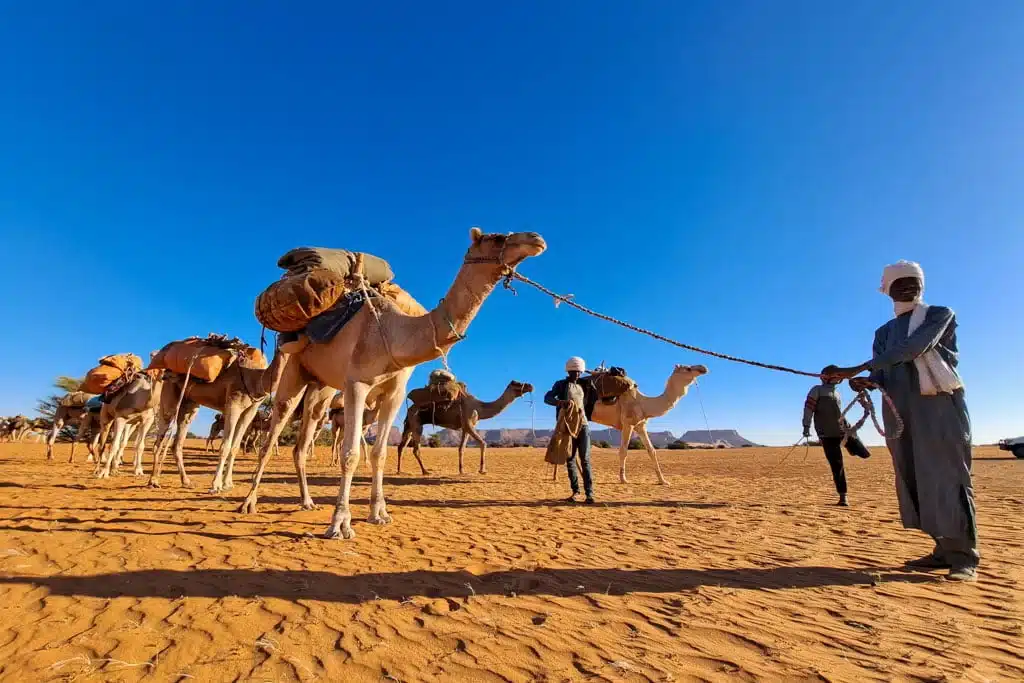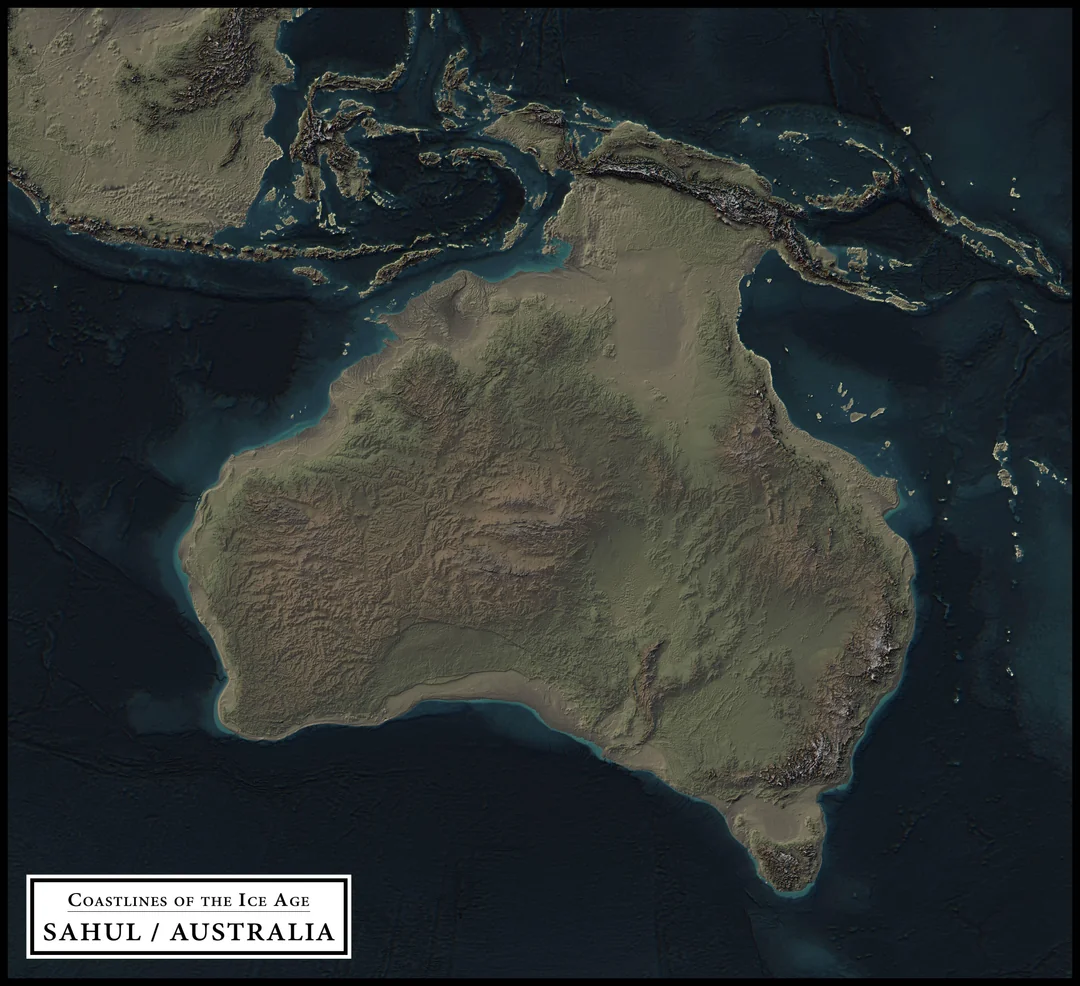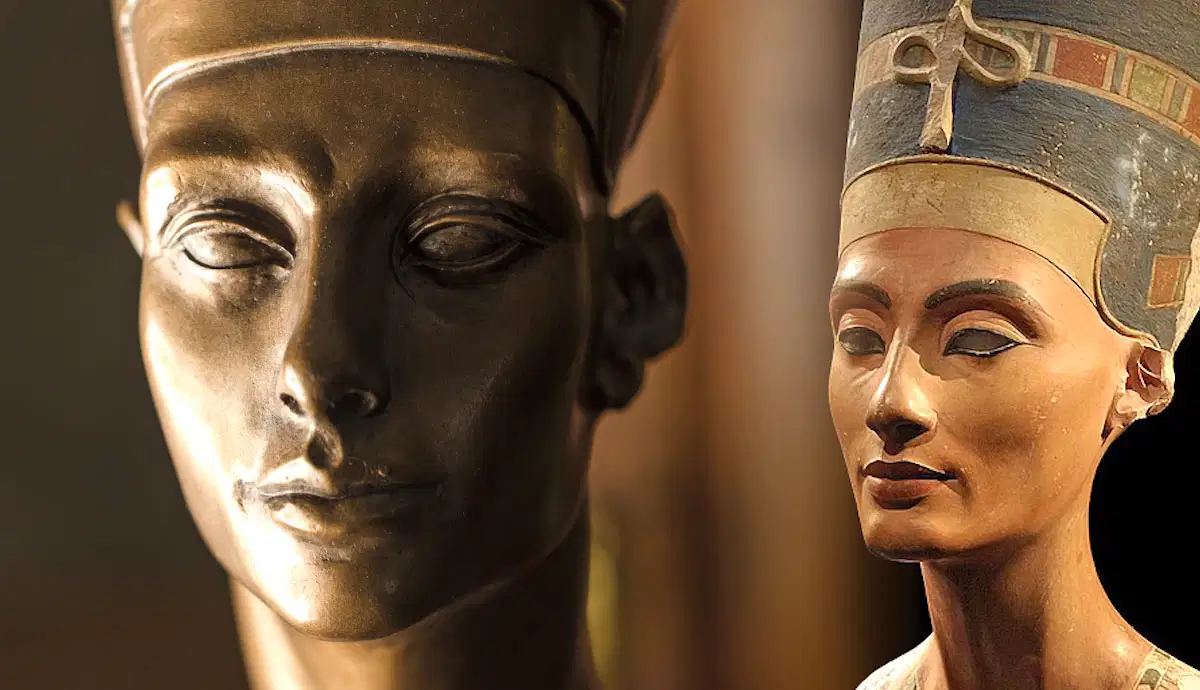Long before modern highways crisscrossed continents, the Sahara Desert was home to an intricate network of salt trade routes that shaped the rise and fall of West African empires. From the 8th to the 16th century, caravans of camels carried blocks of salt—often referred to as “white gold”—across vast desert landscapes from the mines of Taghaza and Taoudenni to cities like Timbuktu and Gao. This trade was so vital that salt often matched gold in value, forming the backbone of regional economies.
The salt trade routes weren’t just economic lifelines; they were also cultural highways. Along with salt, caravans brought Islamic scholarship, architecture, and ideas that flourished in cities like Timbuktu, which became a center of learning with one of the largest libraries in medieval Africa. The flow of knowledge helped solidify Islam’s presence in the region and contributed to the development of Swahili and Sahelian cultures. These interactions show how commerce can drive not just wealth, but intellectual and spiritual transformation.
Today, the remnants of this vast trade network are slowly disappearing under the sands, but their historical impact remains. The salt roads of the Sahara are a powerful reminder that Africa’s deserts were once vibrant corridors of global influence—complex systems of trade, diplomacy, and civilization long before European colonization began to reshape the narrative.




